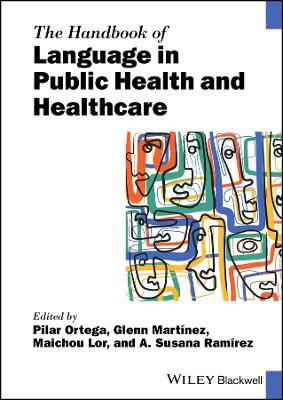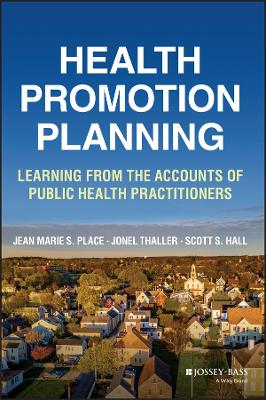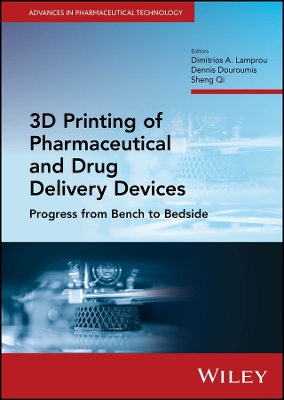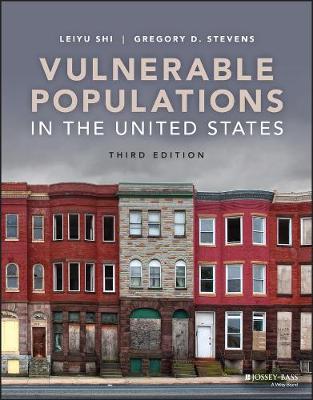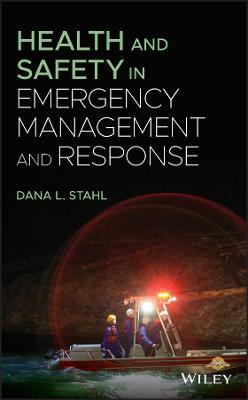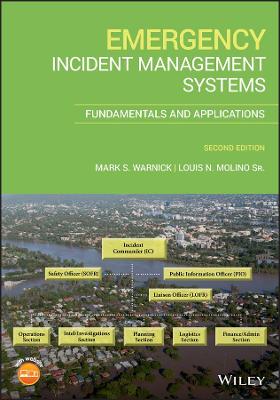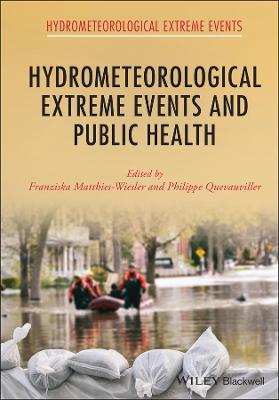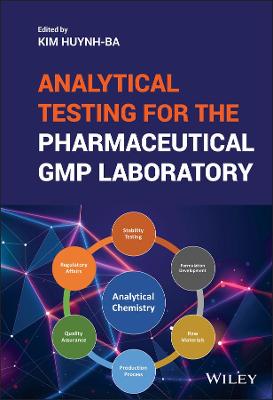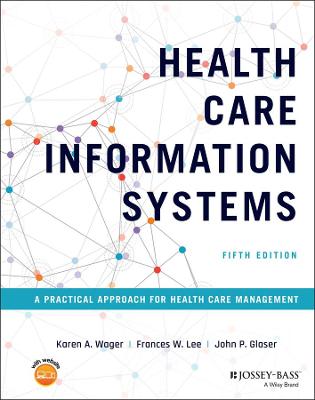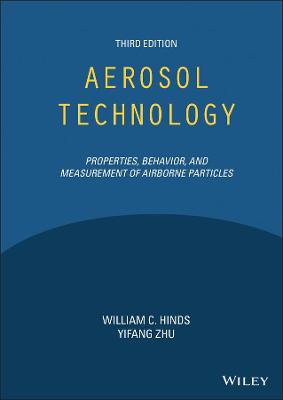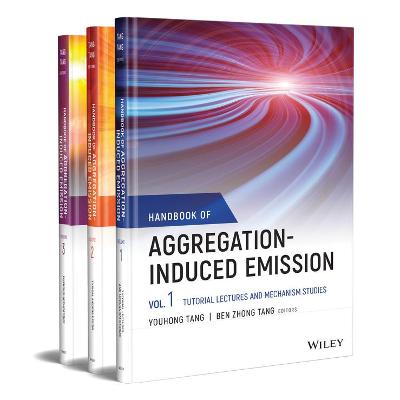Practical Guide to Toxicology and Human Health Risk Assessment
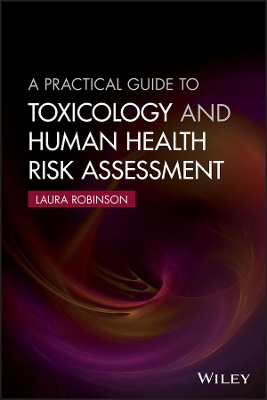 -15%
portes grátis
-15%
portes grátis
Practical Guide to Toxicology and Human Health Risk Assessment
Robinson, Laura
John Wiley & Sons Inc
12/2018
400
Mole
Inglês
9781118882023
15 a 20 dias
652
Preface xxiii
Acknowledgment xxv
1 Welcome to the World of Toxicology 1
1.1 Chemicals - They Are All Around Us 1
1.2 Synthetic or Naturally Occurring Chemicals - Which Are "Safer"? 1
1.3 Chemical Control Regulations 2
1.4 Perception of Chemical Risk 3
1.5 Why Is Toxicology Important? 4
1.6 Summary 4
2 Basic Toxicological Terminology 5
2.1 The Cell 5
2.1.1 Stem Cells, Somatic Cells, and Germ Cells 5
2.2 Homeostasis7
2.3 Adaptation and Cell Injury 7
2.4 Cellular Responses to Injury 7
2.5 Mode of Action and Mechanism of Action 9
2.6 Adverse Effects 9
2.7 Biological and Statistical Significance 10
2.8 Local and Systemic Effects 11
2.9 How Chemicals Cause Harm 11
2.10 Acute and Chronic Exposures 12
2.11 Chemical Interactions in Mixtures 14
2.12 Summary 15
3 The Dose Makes the Poison 19
3.1 Dose- Response and Dose-Effect Relationships 19
3.2 Internal and External/Exposure Dose 20
3.3 The Dose Makes the Poison: Dose-Response/Effect Curves 21
3.4 No Observed Adverse Effect Level (NOAEL) 23
3.5 Lowest Observed Adverse Effect Level (LOAEL) 24
3.6 What Affects the NOAEL and LOAEL? 24
3.7 No Observed Effect Level (NOEL) 24
3.8 Summary 24
4 Toxicokinetics 27
4.1 Why Is Toxicokinetics So Useful? 28
4.2 ADME: Absorption, Distribution, Metabolism, and Excretion 29
4.3 Biotransformation (Metabolism) 36
4.4 Bioavailability and Area Under the Curve (AUC) 38
4.5 Assessment Approaches 39
4.6 Summary 40
5 Factors That Modify Toxicity 45
5.1 Lifestyle Factors - Alcohol and Tobacco 45
5.2 Influence of Age 46
5.3 Health Status 46
5.4 Nutritional Status - Diet 47
5.5 Sex 48
5.6 Adaptation 48
5.7 Genetic Variability 48
5.8 Summary 49
6 Local Effects 53
6.1 Irritants and Corrosives 53
6.2 Skin Structure 54
6.3 Irritant Contact Dermatitis 56
6.4 Chemical Corrosives 60
6.5 The Skin as a Target Organ - Severity of Effect 60
6.6 Chemical Irritants and Other Exposure Routes 61
6.7 Summary 62
7 Systemic Effects 65
7.1 Chemical Allergies 66
7.2 Genetic Toxicology 79
7.3 Carcinogenicity 91
7.4 Reproductive and Developmental Toxicology 100
7.4.10 Maternal Mediated Toxicity 119
8 Target Organ Toxicity 123
8.1 The Liver 124
8.2 The Kidney 139
8.3 The Immune System 151
8.4 Hematopoietic System and Blood 167
8.5 The Nervous System 176
8.6 The Respiratory Tract 196
8.7 The Endocrine System 208
9 Assessment Methods 227
9.1 Assessment of Irritation and Corrosive Effects 228
9.2 Assessment of Acute Toxicity 239
9.3 Repeated
9.4 Assessment of Carcinogenicity 259
9.5 Assessment of Genetic Toxicity 267
9.6 Assessment of Reproductive and Developmental Effects 283
9.7 Assessment of Skin and Respiratory Sensitization 295
10 Alternative Methods to Animal Testing 307
10.1 The Drive for Alternative Methods 307
10.1.1 A Different Approach? 308
10.3 In Vitro and Ex Vivo Methods 308
10.4 Twenty- First Century Toxicity Testing 310
10.5 Physicochemical Data and Their Use in Hazard Identification and Exposure Assessment 314
10.6 Summary 317
11 Human Health Risk Assessment 321
11.1 Human Health Risk Assessments - Prospective and Retrospective 321
11.2 Risk, Hazard, and Exposure 322
11.3 Chemical Risk Assessments 323
11.4 Linear Dose Response - Nonthresholded Effects 333
11.5 Exposure Assessment 336
11.6 Risk Characterization - Do We Have a Problem? 340
11.7 Summary 341
Glossary 345
Index 355
Preface xxiii
Acknowledgment xxv
1 Welcome to the World of Toxicology 1
1.1 Chemicals - They Are All Around Us 1
1.2 Synthetic or Naturally Occurring Chemicals - Which Are "Safer"? 1
1.3 Chemical Control Regulations 2
1.4 Perception of Chemical Risk 3
1.5 Why Is Toxicology Important? 4
1.6 Summary 4
2 Basic Toxicological Terminology 5
2.1 The Cell 5
2.1.1 Stem Cells, Somatic Cells, and Germ Cells 5
2.2 Homeostasis7
2.3 Adaptation and Cell Injury 7
2.4 Cellular Responses to Injury 7
2.5 Mode of Action and Mechanism of Action 9
2.6 Adverse Effects 9
2.7 Biological and Statistical Significance 10
2.8 Local and Systemic Effects 11
2.9 How Chemicals Cause Harm 11
2.10 Acute and Chronic Exposures 12
2.11 Chemical Interactions in Mixtures 14
2.12 Summary 15
3 The Dose Makes the Poison 19
3.1 Dose- Response and Dose-Effect Relationships 19
3.2 Internal and External/Exposure Dose 20
3.3 The Dose Makes the Poison: Dose-Response/Effect Curves 21
3.4 No Observed Adverse Effect Level (NOAEL) 23
3.5 Lowest Observed Adverse Effect Level (LOAEL) 24
3.6 What Affects the NOAEL and LOAEL? 24
3.7 No Observed Effect Level (NOEL) 24
3.8 Summary 24
4 Toxicokinetics 27
4.1 Why Is Toxicokinetics So Useful? 28
4.2 ADME: Absorption, Distribution, Metabolism, and Excretion 29
4.3 Biotransformation (Metabolism) 36
4.4 Bioavailability and Area Under the Curve (AUC) 38
4.5 Assessment Approaches 39
4.6 Summary 40
5 Factors That Modify Toxicity 45
5.1 Lifestyle Factors - Alcohol and Tobacco 45
5.2 Influence of Age 46
5.3 Health Status 46
5.4 Nutritional Status - Diet 47
5.5 Sex 48
5.6 Adaptation 48
5.7 Genetic Variability 48
5.8 Summary 49
6 Local Effects 53
6.1 Irritants and Corrosives 53
6.2 Skin Structure 54
6.3 Irritant Contact Dermatitis 56
6.4 Chemical Corrosives 60
6.5 The Skin as a Target Organ - Severity of Effect 60
6.6 Chemical Irritants and Other Exposure Routes 61
6.7 Summary 62
7 Systemic Effects 65
7.1 Chemical Allergies 66
7.2 Genetic Toxicology 79
7.3 Carcinogenicity 91
7.4 Reproductive and Developmental Toxicology 100
7.4.10 Maternal Mediated Toxicity 119
8 Target Organ Toxicity 123
8.1 The Liver 124
8.2 The Kidney 139
8.3 The Immune System 151
8.4 Hematopoietic System and Blood 167
8.5 The Nervous System 176
8.6 The Respiratory Tract 196
8.7 The Endocrine System 208
9 Assessment Methods 227
9.1 Assessment of Irritation and Corrosive Effects 228
9.2 Assessment of Acute Toxicity 239
9.3 Repeated
9.4 Assessment of Carcinogenicity 259
9.5 Assessment of Genetic Toxicity 267
9.6 Assessment of Reproductive and Developmental Effects 283
9.7 Assessment of Skin and Respiratory Sensitization 295
10 Alternative Methods to Animal Testing 307
10.1 The Drive for Alternative Methods 307
10.1.1 A Different Approach? 308
10.3 In Vitro and Ex Vivo Methods 308
10.4 Twenty- First Century Toxicity Testing 310
10.5 Physicochemical Data and Their Use in Hazard Identification and Exposure Assessment 314
10.6 Summary 317
11 Human Health Risk Assessment 321
11.1 Human Health Risk Assessments - Prospective and Retrospective 321
11.2 Risk, Hazard, and Exposure 322
11.3 Chemical Risk Assessments 323
11.4 Linear Dose Response - Nonthresholded Effects 333
11.5 Exposure Assessment 336
11.6 Risk Characterization - Do We Have a Problem? 340
11.7 Summary 341
Glossary 345
Index 355

